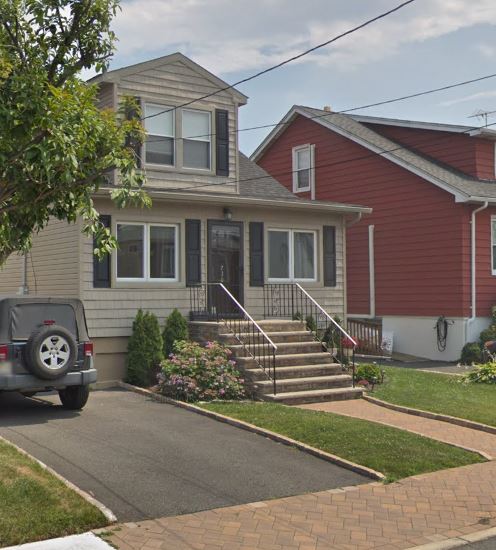
Edward “Eddie” Bernard Collins was born to Edward Collins and Margaret Cassidy Collins on January 30, 1884, in Atlantic City, New Jersey. While he was attending school, Collins and his family lived in Jersey City, New Jersey. He would end his formal schooling after his first year of high school and to pursue a professional career as an actor.
In 1905, he began to work in vaudeville and transitioned to performing in burlesque theaters in 1925. In 1921, he married actress Florence Wilmot, with whom he had a son, Edward Collins, Jr, and a daughter, Margaret. While performing in the burlesque show, an animator for Walt Disney Productions spotted him and suggested to Disney that he hire him as a reference model for Dopey in their latest project. Collins fulfilled the role and toured in various stage productions, briefly living in Flint City, Michigan.
Out of all seven dwarfs in Snow White and the Seven Dwarfs (1937), Dopey is one who arguably stands out the most. Despite the fact that his character is mute, he is a strong visual presence throughout the feature. Moreover, several of his traits also serve to make him all the more noticeable. Dopey is the only one of the seven dwarfs who does not have a beard. All of the Dwarfs have dark eye color except for Dopey’s light blue eyes. Also, with the exception of Dopey, none of the dwarfs refer to the others by name. As for Dopey’s lack of discussion in the film, Happy explains that Dopey has simply “never tried” to speak.
In the trailer, Walt Disney describes Dopey as “nice, but sort of silly,” alluding the the comedic elements brought to the film by his character. Initially, the animators working on the film were opposed to the name Dopey, claiming that the word was too modern to use in a timeless fairy tale. In response, Disney made the argument that William Shakespeare used the word in one of his plays. His point–and authority–managed to convince everyone, though any reference to the term “dopey” remains to be seen in Shakespeare’s work.
Originally, Dopey was to speak with the voice of Mel Blanc but was made mute instead. Nonetheless, his character still produced sounds. Roy O. Disney created the sound of the floor creaking with Dopey’s slow footsteps by slowly bending an empty leather wallet back and forth. Pinto Colvig provided a barrage of hiccups after Dopey swallowed a bar of soap. Eddie Collins, however, produced vocal effects and worked as a live-action reference model for the characters.
Shortly after completing his work as Dopey, Collins wrote to the casting director at 20th Century-Fox, looking to secure a position there. Collins was put under contract there and proceeded to appear in over 20 films, including minor roles in In Old Chicago (1937), Alexander’s Ragtime Band (1938), Little Miss Broadway (1938), Young Mr. Lincoln (1939), Hollywood Cavalcade (1939), and many others.
Aside from Dopey, another beloved role for Collins was as Tylo, a dog who is transformed into a human in The Blue Bird (1940), starring Shirley Temple in Fox’s parallel to The Wizard of Oz (1939).
Collins died of a heart attack on September 2, 1940, just weeks after the premiere of his last film The Return of Frank James (1940). He was buried at Calvary Cemetery in Los Angeles.
Today, only some of his former residences remain.
Early in his life, his family lived at 730 6th St. in Jersey City, New Jersey. Here is the location today:

By 1917, the family moved to 5 Reed St. in Jersey City, which looks like this at present:
In 1933, Collins as well as his wife and daughter were documented living at 1533 Wright St. in Flint City, Michigan. The location has since been redeveloped.
Later, in 1940, Collins and his wife were living at 1117 La Cadena Ave. in Los Angeles, which currently looks like this:

Though Collins may not be remembered well by name today, there is no doubt that his talent, as manifested in his characters, lives on.














